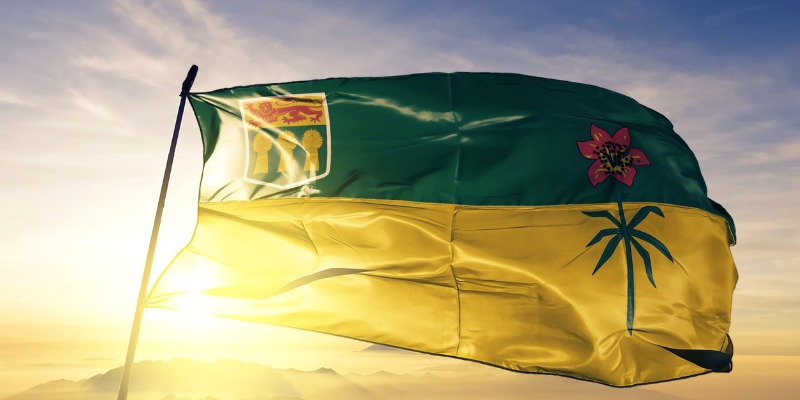There’s a better way to send cheques to Saskatchewanians

In light of the recent windfall in resource revenue, the Moe government plans to send $500 cheques to Saskatchewan tax-filers 18 years or older. “You own the resources,” said Premier Moe, “and you should benefit when those resource prices are high.” The premier is right—Saskatchewanians should benefit from their province’s resources. But there are better ways to make that happen, namely a savings fund for resource revenue.
In Saskatchewan, resource revenue, which includes potash and oil royalties, remains a volatile source of revenue, helping fuel a familiar cycle. During times of relatively high resource prices, the government tends to run surpluses and increase spending to unsustainable levels unless resource prices remain high. When resource prices inevitably decline, the province inevitably turns to deficits.
Consider 2006, the start of a resource boom in Saskatchewan. The government enjoyed routine surpluses while provincial spending (on a per-person basis, adjusted for inflation and excluding debt interest costs) increased from roughly $10,029 in 2005/06 to $13,831 in 2015/16. Unsurprisingly, the province fell into deficit in 2015/16 when resource revenues plummeted, and deficits persisted until the recent windfall brought the province back into surplus in 2022/23. These deficits resulted in billions of dollars of government debt (even before the pandemic) that Saskatchewan taxpayers are ultimately responsible for financing.
With the recent windfall, the Moe government should establish a fund to help prevent future deficits and pay cheques to residents—not once, but on an ongoing basis. To understand how exactly this would work, look to Alaska.
In 1976, the Alaska government created the Permanent Fund. (Saskatchewan created a similar fund around the same time but contributions were short-lived and the government eventually scrapped it.) According to Alaska’s constitution, the state government must deposit a set percentage of all mineral revenues into the fund each year. Requiring these deposits removes a portion of mineral revenue from the state budget, which tempers the pressure for increased spending during periods of relatively high mineral revenue. Also, a share of earnings from the fund must be set aside annually to offset the effects of inflation and ensure the real value of the fund is maintained. And crucially, a portion of the earnings from the fund are paid to Alaskan citizens directly as dividends (i.e. cheques), which is key to the fund’s success.
In Alaska, the annual dividend directly links the financial wellbeing of citizens (in the form of annual cash payments) to the performance of the fund. Put differently, because Alaskans have a direct financial interest in the fund, they’re more concerned about its independence, sustainability and performance than they otherwise would be, which creates a real constraint on government from taking actions (spending away the savings, for example) that might compromise the fund’s performance.
The Saskatchewan government should resurrect a Heritage Fund, drawing lessons from Alaska’s success. That means introducing a constitutional requirement for consistent contributions, inflation-proofing the fund, and paying annual dividends to Saskatchewanians. As Alaska has proven, it’s possible to prioritize fiscal stability and deliver ongoing cheques to residents.
Author:
Subscribe to the Fraser Institute
Get the latest news from the Fraser Institute on the latest research studies, news and events.

